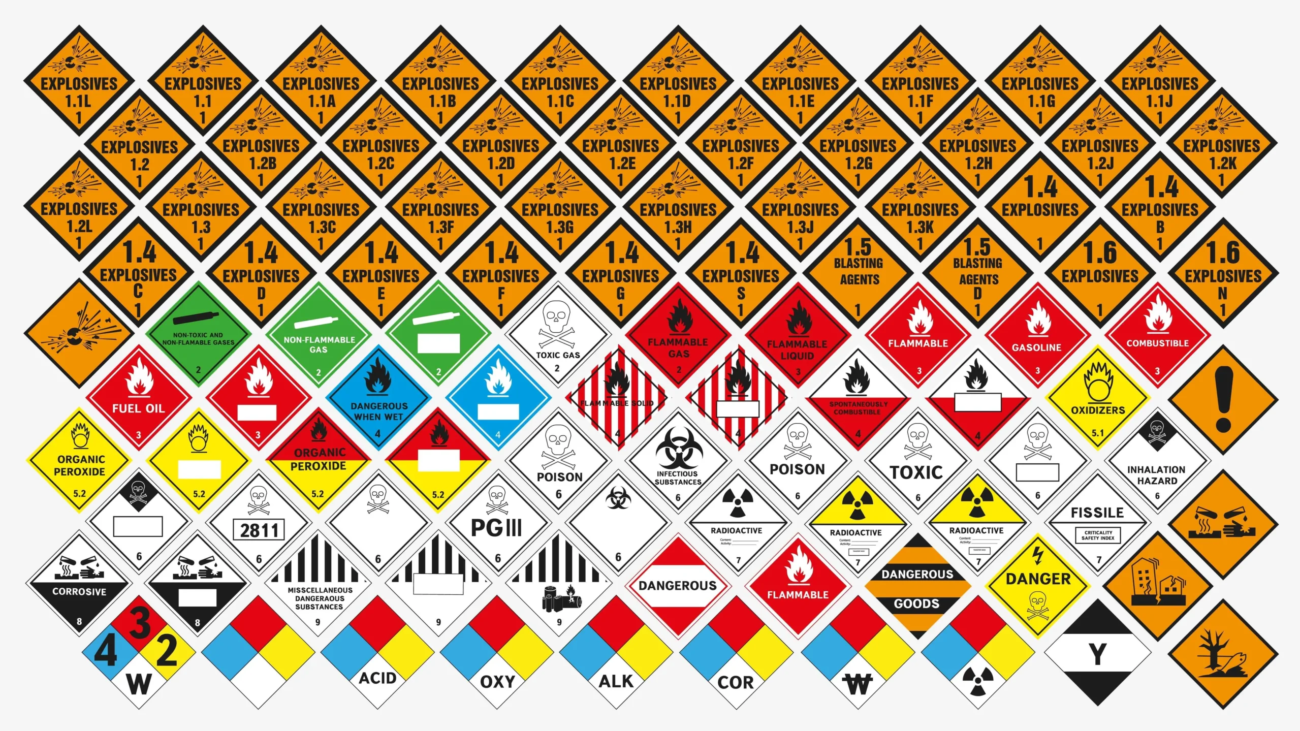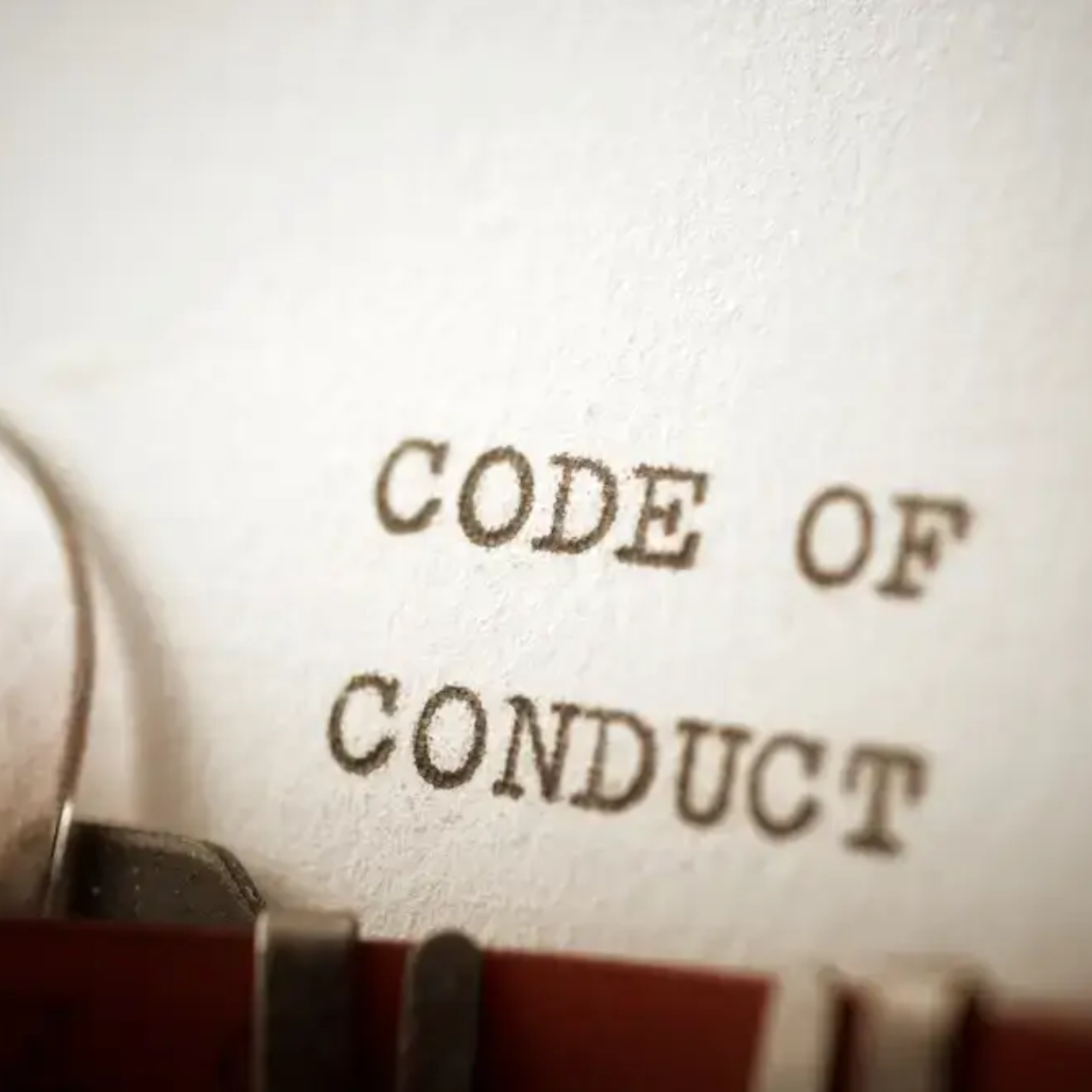☢ Radiation Signs: Know the Danger at a Glance
Radiation is silent. The signs aren’t. In labs, hospitals, factories, and construction sites, radiation plays a vital role, but it can also pose serious risks. That’s why understanding radiation warning signs is more than just useful. It’s life-saving.
This guide breaks down the most common radiation signs, what they look like, where you’ll see them, and what you must do when you encounter them. Whether you're a worker, visitor, or just passing by, this knowledge helps you stay alert and safe.
☢️ The Classic Radiation Symbol: Trefoil
- 🌀 Shape: Three blades around a central dot
- 🎨 Colors: Black or magenta on a yellow background
- 📍 Where: Labs, medical equipment, radioactive machines
⚠️ High Radiation Area
These zones can cause harm after short exposure. Only authorized personnel with protective gear should enter.
🚫 High Radiation Area Sign
In some areas, you’ll see signs that say “High Radiation Area” or “Very High Radiation Area” alongside the trefoil symbol. These warnings are far more serious than the standard radiation sign.
Radiation levels in these areas can be dangerous after just a short exposure. You should never enter a high radiation area unless you have permission and protective equipment. Entry is usually restricted and monitored by safety personnel.
☢ Radiation Area Sign
These signs indicate a lower—but still significant—level of radiation risk. You’ll often see the trefoil symbol with labels like “Caution: Radiation Area.” This means you’re entering a controlled zone where safety measures are required.
⚠️ Radiation Present
Prolonged exposure can be harmful.
🕒 Time Limits Apply
Stay duration may be restricted.
📟 Use Dosimeter
Monitor your radiation exposure.
- ✅ Wear appropriate PPE (if required)
- ✅ Use monitoring equipment like dosimeters
- ✅ Follow posted time restrictions
- ✅ Never enter without proper authorization
☢️ Radioactive Material Sign
You’ll see these signs on containers, rooms, or equipment storing radioactive material. The message might read “Caution: Radioactive Material” or “Warning: Radioactive Material.” These aren't just labels—they signal serious handling rules.
🚚 DOT Radioactive Labels (For Transport)
The U.S. Department of Transportation (DOT) classifies radioactive shipments using labeled categories. These labels are crucial for safe transport by road, air, sea, or rail, and help emergency responders act quickly if an accident occurs.
🟢 Category I – White
Very low levels of radiation. Minimal risk during handling. Often requires no special controls beyond labeling.
🟡 Category II – Yellow
Moderate radiation level. Some restrictions may apply. Distance and exposure time start to matter more.
🔴 Category III – Yellow
High radiation level. Requires strict safety controls, distance, and shielding during transport and handling.
☣️ Contamination Area Sign
This warning sign appears in labs, nuclear power facilities, and other controlled environments. It signals that radioactive particles—often invisible—may be present on surfaces, tools, floors, or even in the air.
🔴 What It Means:
A contamination sign means radioactive dust, droplets, or debris could be present. These contaminants can stick to clothing, hands, or equipment—and spread to other areas or people.
✅ Before Entering a Contamination Area:
- Put on protective gear: gloves, boot covers, and lab coat or suit.
- Avoid touching walls, equipment, or surfaces unless necessary.
- Do not eat, drink, or use your phone inside the area.
- Use a radiation monitor before exiting the zone.
- Wash hands and decontaminate before returning to clean zones.
🌬️ Airborne Radioactivity Area Sign
This sign alerts workers that radioactive gases, dust, or particles may be suspended in the air. Inhaling these contaminants poses serious internal exposure risks, which may not be noticeable right away.
🛑 What You Should Do:
- 😷 Wear respiratory protection – N95 mask, PAPR, or supplied air system may be required.
- ⏱️ Limit exposure time – Follow posted time restrictions for staying in the zone.
- 🚧 Respect sealed zones – Doors may be marked, filtered, or pressure-controlled.
- 📋 Check air monitoring data – Radiation levels in the air are continuously tracked.

X-Ray Radiation Area
Machines emit ionizing radiation only when active
In hospitals, clinics, or industrial settings, this sign warns that X-ray-producing equipment is in use. While these machines don't emit radiation all the time, exposure can build up with repeated use — especially without protective gear.
- 🔴 Stay out when the machine is active
- 🛑 Follow light indicators or "radiation on" signs
- 🧥 Use lead aprons, shields, or barriers as required
- ⏲️ Minimize repeated exposure, especially in work zones
Laser Radiation Sign – Not Radioactive, But Still Harmful
🚫 Myth
Laser warning signs mean the area is radioactive.
✅ Fact
Laser radiation has nothing to do with radioactivity. However, it can cause serious damage to the eyes or skin through high-intensity beams.
Laser signs typically say "Caution: Laser Radiation" and feature a red or yellow triangle with a laser beam icon. Avoid direct eye exposure and never step into the beam path.
☣️ Biohazard vs ☢️ Radiation
Don’t confuse these symbols. One signals viruses/bacteria, the other signals radioactive materials. Sometimes both risks are present in the same lab.
Radiation signs almost always use yellow backgrounds — and that’s no accident. Yellow grabs attention, signals caution universally, and is easy to recognize even from a distance.
Combined with bold black or magenta symbols and short, direct messages, the color yellow makes radiation signs highly effective, even in noisy or fast-paced environments.
🚨 Final Reminder: Radiation Signs Save Lives
Radiation warning signs are more than just stickers on walls—they are **critical safety alerts** that exist to protect workers and the public.
Whether you're in healthcare, construction, or scientific research, recognizing and respecting these symbols can prevent serious harm.
⚠️ Next time you spot one, **don’t ignore it**—pause, assess the environment, and follow the proper precautions.
Understanding radiation symbols isn’t just for experts—it's for **anyone who wants to stay safe in the workplace** or public spaces.





